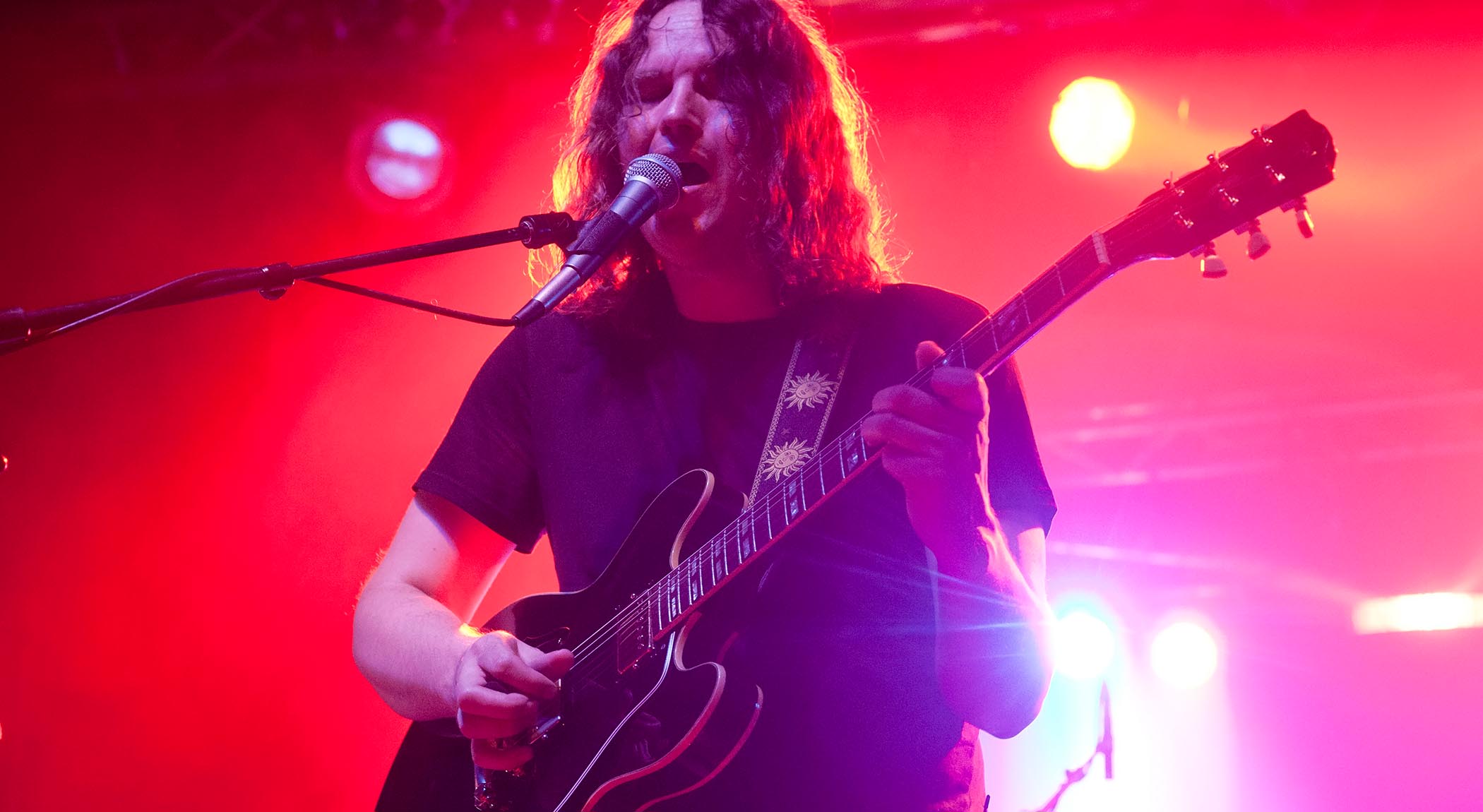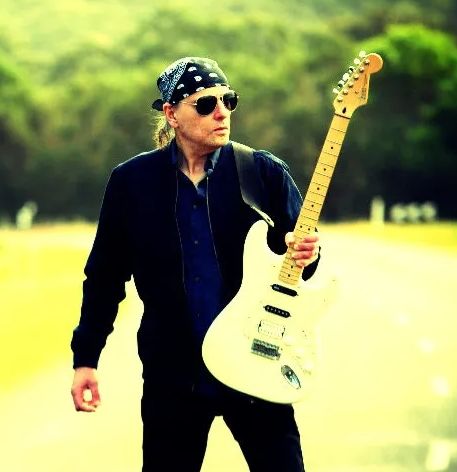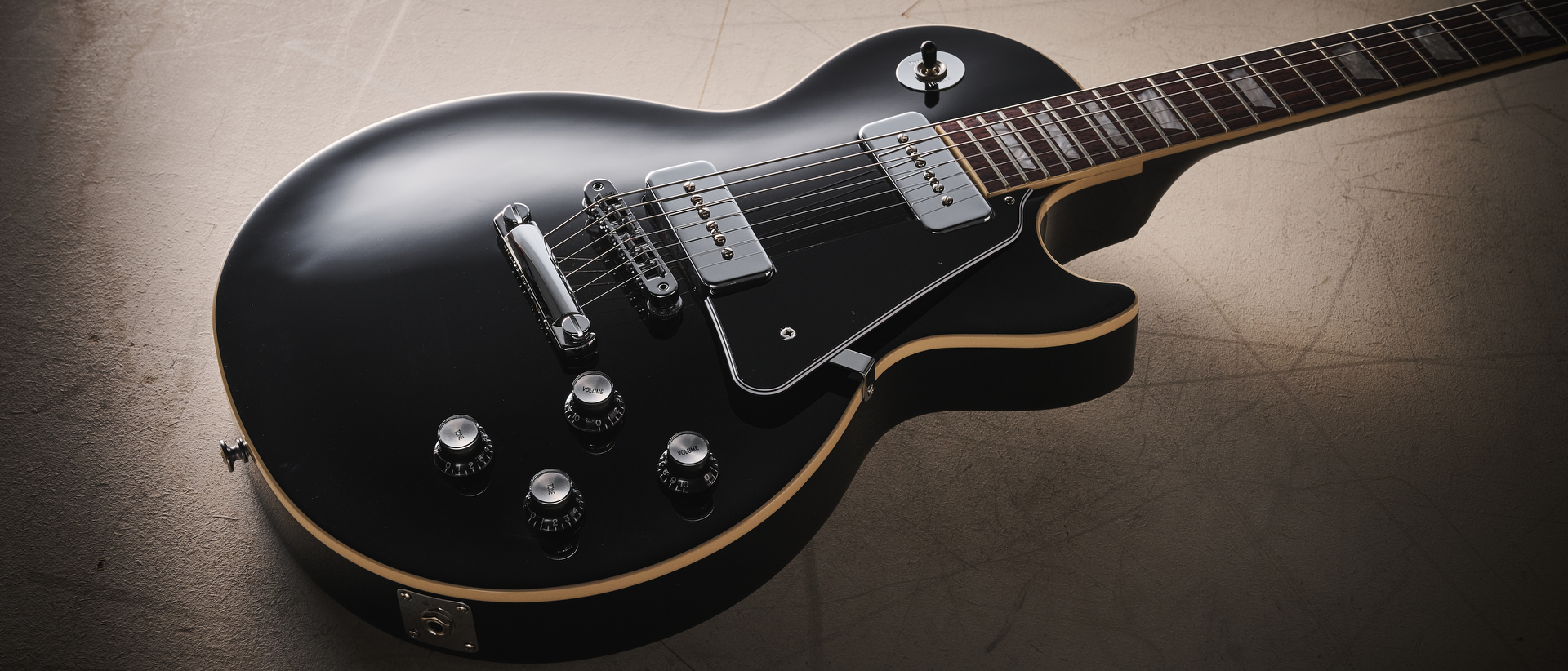“A lot of my practice is about making smooth pedal changes to avoid surprises”: God Is an Astronaut’s Torsten Kinsella on his favorite fuzz flavors, tube amp disasters and learning his pedalboard dance steps
The post-rock savant joins us to talk first guitars, his debut songs and why his father’s vintage P-Bass is more than just another instrument

With the Irish post-rock institution God Is an Astronaut reentering Earth’s atmosphere this year with mind-blowing (and expanding) new album Embers, we picked up the blower to frontman and guitarist Torsten Kinsella to talk all things guitar.
It’s a quick-fire round of questions. First guitars, first song learned, favorite piece of gear, but it reveals a lot about where Kinsella is coming from, the sorts of things he likes to hear through his guitar amp – and the stompboxes he needs to make their sound happen. He is also a living testament to the old touring muso’s adage that you need back-ups of back-ups and a Plan C for when it all goes wrong.
What was your first guitar?
“A 1990 Music Man StingRay bass, which I got around age 14. I started out on bass, while my brother Niels was on electric guitar; eventually we ended up switching roles. That StingRay was a beautiful red sunburst with just two EQ bands – bass and treble. When I moved to the guitar, I picked up a Fender Strat with noiseless Lace Sensor pickups.”
What was the first song you learned to play on the guitar?
“Del Shannon’s Runaway and Bob Dylan’s Knockin’ on Heaven’s Door. My dad was the one who taught me. He had this idea that if a music career didn’t take off, at least I’d have a few songs up my sleeve for wedding gigs! We started with these basics, but they were perfect for building my foundation and gave me a good mix of rhythm and melody to work with.”
What was your first gig?
All the latest guitar news, interviews, lessons, reviews, deals and more, direct to your inbox!
“The Harbour Bar in Bray, Ireland, when I was 14. I was only doing vocals back then, and the nerves were intense; I was so anxious I couldn’t eat all day! But once I was on stage, I felt this energy from the crowd. They were really supportive, and the positive response we got helped me shake off some of those nerves. That gig taught me a lot about connecting with an audience; it’s something I’ll always remember.”
Ever had an embarrassing moment on stage?
I’ve collected a lot of different Big Muffs over the years and even have some custom clones from Stomp Under Foot pedals made specifically for me, but none of them fully replicate that exact tone
“About a year ago, while playing a festival in the U.K., I realized I’d forgotten my in-ear monitoring system. Since we depend on click tracks for several songs, I was in a panic. I managed to rig a solution using a spare wired pack, but by that point, we had taken so long to get ready that we had to start the show without a line check.
“Surprisingly, everything began smoothly – but then my Marshall tube amp died halfway through the set. I quickly switched to my backup amp, but it blew out immediately. I couldn’t believe it.
“There I was, facing thousands of fans without amplifiers, unsure how to resolve the situation. I scrambled to replace a fuse in my main Marshall, and thankfully, it sprang back to life. But we endured six minutes of complete silence.”
What’s your favorite piece of gear?
“My 1973 Ram’s Head Big Muff, which has the 2N5133 transistors. It has this unique, thick, gritty sound that’s perfect for the heavier sections of our music. I’ve collected a lot of different Big Muffs over the years and even have some custom clones from Stomp Under Foot pedals made specifically for me, but none of them fully replicate that exact tone.
“There’s just something about the way it fills up the speakers with that raw, grainy texture – you can really hear the difference when I use it.”
The building is burning down; what one guitar would you save?
“My father, Thomas Kinsella’s bass guitar. It’s a 1965 Precision that he played from the mid ’60s onward, with wear marks from his hands that add so much character. It’s more than just an instrument – it’s a piece of my dad’s life. He passed away last year, and it means the world to me.”
When was the last time you practiced, and what did you play?
“Yesterday, running through our current set. A big part of practice is working without plugging in – just playing through the parts and working on my touch. But there’s an extra challenge when everything’s plugged in, because I use so many pedals to recreate the tones.
“I could simplify things with an Axe-Fx, but I like to keep it hands-on. So a lot of my practice is about making smooth pedal changes to avoid surprises, like accidentally hitting a rotary effect in the wrong spot.”
What aspect of the guitar would you like to be better at?
“Lead guitar. It’s not something I practice often, and I believe that enhancing my skills in this area would elevate my overall playing. I mainly play arpeggios, riffs, chords and at times some experimental sustained notes with effects, often using the tremolo arm to create dissonance. I think developing my lead guitar techniques would nicely complement these styles. Additionally, I’d like to get better at slide, as I find it a beautiful technique that adds depth to our music.”
What advice would you give your younger self?
“I’d stress the importance of consistent practice and the value of mastering scales – but not at the expense of spending less time composing music. It’s essential to balance technical skills with creative expression.
“I’d encourage myself to work on all aspects of guitar playing, as this approach would expand my horizons rather than confine me to limitations. Ultimately, the more versatile I become, the more options I’ll have for expressing myself through music.”
- Embers is out now via Napalm.
Joe Matera is an Australian guitarist and music journalist who has spent the past two decades interviewing a who's who of the rock and metal world and written for Guitar World, Total Guitar, Rolling Stone, Goldmine, Sound On Sound, Classic Rock, Metal Hammer and many others. He is also a recording and performing musician and solo artist who has toured Europe on a regular basis and released several well-received albums including instrumental guitar rock outings through various European labels. Roxy Music's Phil Manzanera has called him, "... a great guitarist who knows what an electric guitar should sound like and plays a fluid pleasing style of rock." He's the author of Backstage Pass: The Grit and the Glamour.




